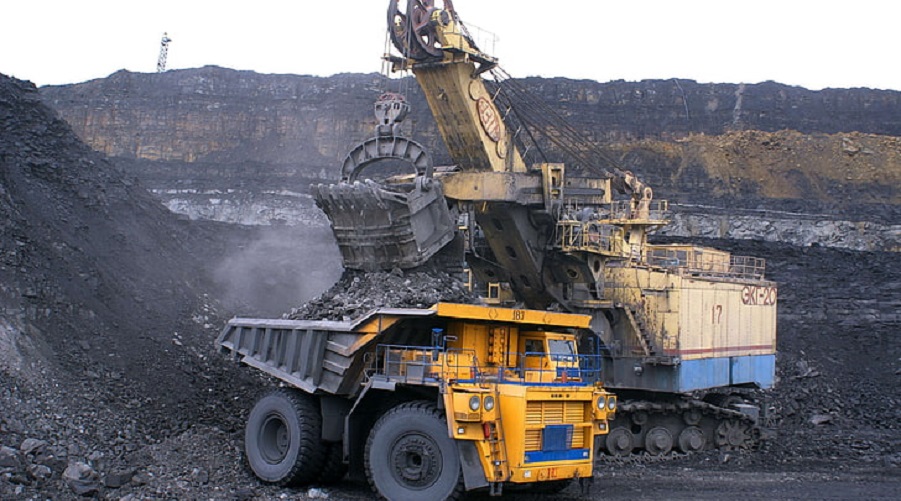
By studying the impact of disturbance stress and roof abscission layer monitoring within zones affected by fault activation, China-based researchers discovered a zigzag wave pattern on the relationship curve between coal mining and roof displacement in the vicinity of the fault.
In a paper published in the journal Rock Mechanics Bulletin, the scientists explain that the study aimed to establish a theoretical foundation for effective infrastructure support.
According to the group, in underground geological structures, fault activation is frequently encountered during the process of coal mining. These geological structures have seriously damaged the continuity and integrity of the rock strata in many parts of the world and the activation of faults has consistently been a critical factor impacting the safety of coal mining operations.
“We utilized the discrete element 3DEC numerical analysis method to construct a model that simulates the unstable fracture of the surrounding rock resulting from fault activation,” Jie Chen, lead author of the study, said in a media statement. “Specifically, we focused on the excavation of the upper and lower side walls of the faults, examining the characteristics of unstable fracture and stress variations in the surrounding rock induced by fault activation.”
According to Chen, the pattern that they found indicates that the surrounding rock in the fault activation-affected zone experiences a combination of static and dynamic loads.
“Simulation results further demonstrate that the stress and displacement of the surrounding rock near the fault increase as the coal mining face advances,” co-corresponding author Yuanyuan Pu said. “The recommended safe distance when approaching the fault is 30 meters. Conversely, the numerical tests indicate a slightly shorter safe distance of 26 meters when approaching the fault.”
Chen, Pu and their team hope that these findings can be used to improve safety standards in coal mines.